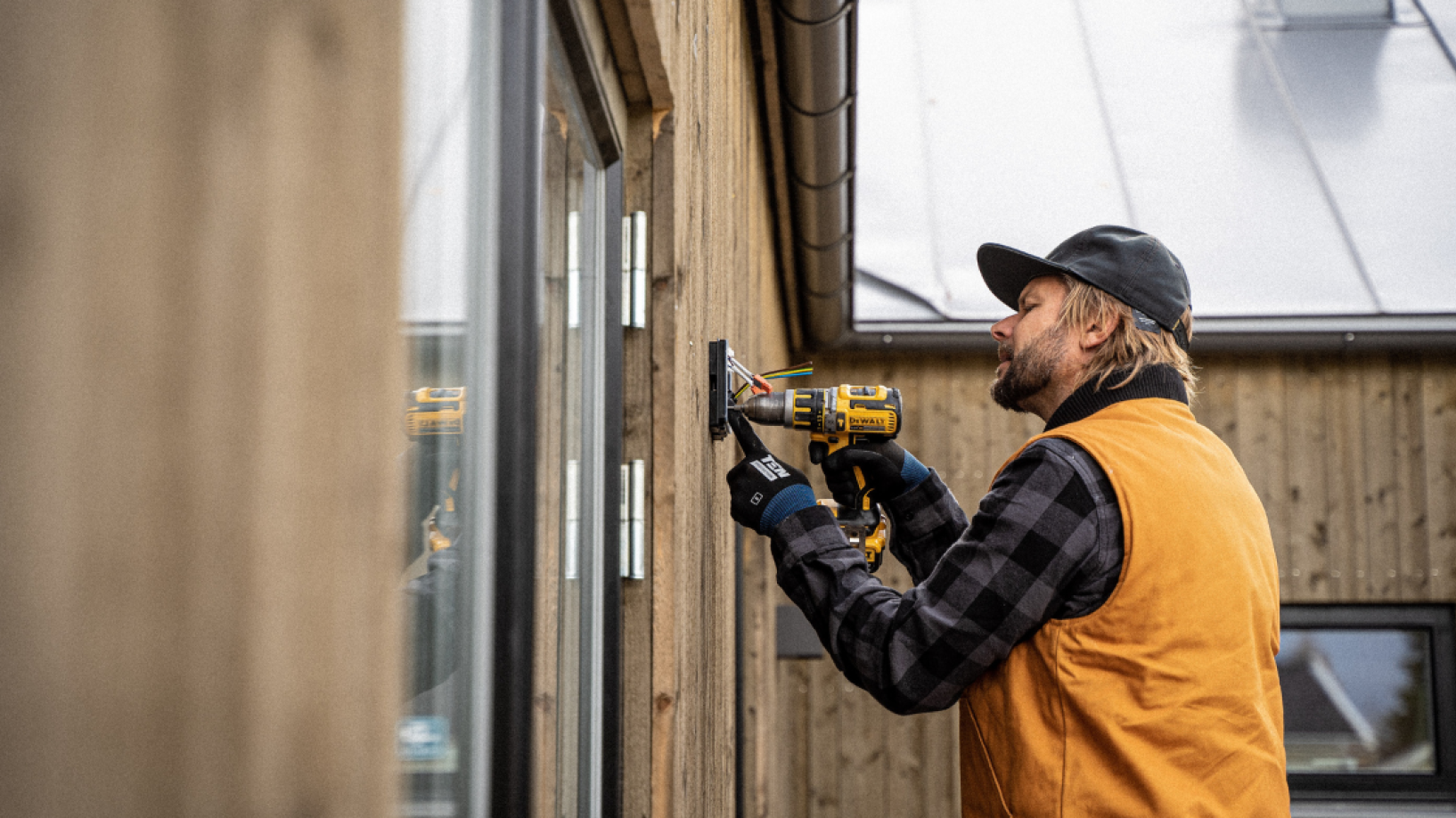From the CEO
In the past week I’ve had a couple of great opportunities to engage with two very different audiences about the same idea: electrification.
I can scarcely think of a more important thing to be discussing right now. The comedian George Carlin once said: “electricity is just organised lighting”. As we look to a next decade in which we are seeking to electrify the homes, transport and lives of 25 million Australians it is pretty clear…
We’ve got an awful lot of organising to do.
And it’s going to take a broad coalition to get there — much broader than the way things are mostly unfolding at the moment.
In Brisbane, at our Board Stakeholder Forum, I was pleased to join with the Queensland Government’s Dr Liam Byrne and Queensland University of Technology’s Associate Professor Wendy Miller for a great discussion about the challenges of electrification, including the electric vehicle superhighway charging network being created and a living lab project engaging with residents of the Carseldine Village housing estate.
Just a few days later I was in the Hunter Valley and fortunate enough to speak at the Clean Energy Conference of the Master Electricians Association.
I get a lot of opportunities to speak at different events, often to an audience of people who count as important decision makers in our energy system. Ministers, Premiers, CEOs and Chairs. I’m not sure if any of those audiences have been quite as important as this one.
It’s often said that the big challenge of our energy transition is to electrify everything. In this very message last month, I joked that it was really ‘electrify everyone’ given how much consumers would be asked to invest in technologies and change their behaviour, habits and ways of living, or doing business.
Either way, somebody is going to need to do all that electrifying. The next decade or two is going to be an exciting and rewarding time to be a sparky.
We are going to need electricians and we are going to need more of them. There is a skills challenge that will require investment from governments and present huge opportunity for the industry. But we are also going to need electricians, like everybody else in our energy system, to rise to the occasion. We recently carried out research that shows Australians strongly want to live more energy wise and resourceful lives but are worried about whether the necessary workforce exists to make it happen without unintended consequences such as high costs, excessive waste, delay or even physical danger. All of this will be front of mind as the nation ponders how to go about the challenge of making critical changes to make millions of homes and small business premises more energy efficient.
Electricians are going to be at the frontier of the revolution that’s coming. That’s why it’s critical that those who are responsible for leading these changes, decision makers and policy reformers are engaged and helping people to understand the reasons why electrification of our homes, transport and lives needs to happen, what kinds of products, practices and changes it will deliver for consumers and where their points of curiosity, caution and even anxiety might lie. From electricians and their associations we’ll need to see a commitment to the task and a determined willingness to build trust with consumers, deliver sound and independent advice and be the partner that everyday Australians need to get them through a tricky process, safely, affordably and with minimal fuss and costs.
People like electricians are so important because they will be the conduit between the future system and its users. They are in our homes, often when we are vulnerable, when something has gone wrong. When circuit boards and tempers are decidedly frazzled. When the consumer is in hot water because, all of a sudden, they don’t have any.
These will be the moments when Australians choose a new hot water heater, space heater or air conditioner. When the old one has broken, the tradesperson is standing in front of them, and the need feels urgent. Getting consumers good advice that serves their long-term interests is likely to be more important at such moments than the information on any government website or fact sheet can ever be.
Australian homes, and the ways we live in them, need to change. It is going to be a big job and we need everyone who will be part of that transformation pulling in the same direction if we are to succeed.
Given the scale of what’s needed it was really pleasing to see a breakthrough around one part of the challenge during the past month. In August, Building Ministers acted to ratify a new version of the National Construction Code that – among other things – lifts the minimum energy efficiency rating for new-build homes from six to seven stars.
This was a victory worth celebrating. It’s something we campaigned and worked for, collaborating with others to build a coalition for change. It means in the not-too-distant future every new home in Australia will be built to a higher standard, will come with an energy budget that incentivises greater efficiency and will be future-proofed for the electric vehicle revolution that we know is cresting the horizon.
That’s a lot. But not nearly enough. Think of it this way… around 80% of the homes we will be living in when 2050 arrives have already been built. Those millions of existing homes are not constructed to a standard of seven stars. Most of them – those built before standards increased to six stars in 2010 – have an average rating of 1.8 stars, closer to a tent.
In all of the celebration after this win, many of us have been talking about the challenge of retro-fitting 8 million houses. Of improving building stock. Of elevating our built environment. These are essential conversations, about how we get it done, but we need to be careful that we don’t miss the point, about why we need to get it done.
So much of the time our job is to walk into the rooms where critical decisions are being made around rule changes and investment requirements, transmission and generation, and to say: “sure, but what about the people?” If we spend so much of our time urging system planners to avoid making assumptions about what consumers want, need or will tolerate then we can’t make the same mistake ourselves when it comes to energy efficient housing.
The task of transforming Australian homes is mostly about the quality of Australian lives. How and when we clean ourselves, cook our food, warm and cool our families. How and when we work, operate our businesses or spend our leisure time. That means we aren’t just talking about retro-fitting houses here. We are talking about future-proofing lives.
Consumers get this on some level. Recently we were testing names for an initiative we are working on in this space. We shared a few sample names with everyday Australians and the results were interesting. The options about healthy homes or smart buildings mostly elicited a crinkling of the nose and an absence of interest. But when we asked about a ‘sustainable living’ initiative the feedback was warm and enthusiastic.
To get to where we need to go, we are going to need everybody to play their part. That includes leaders, decision makers and policy experts. But equally importantly it also includes electricians, and plumbers, insulation installers, architects and builders. And, of course, it includes all of us. A big part of Energy Consumers Australia’s role will be to help make the connections, build capacity and see the whole of the challenge, from consumers’ points of view.
Another way of saying it is that we need a big tent to get this done… (and then we need to take that tent, add plenty of insulation, some thermally efficient windows and a decent heat pump). If electricity really is just organised lighting it at least feels good to have started in earnest the process of getting collectively organised. We might have a long way to go but it’s important we celebrate the wins and milestones along the way.
Lynne Gallagher
Chief Executive Officer

